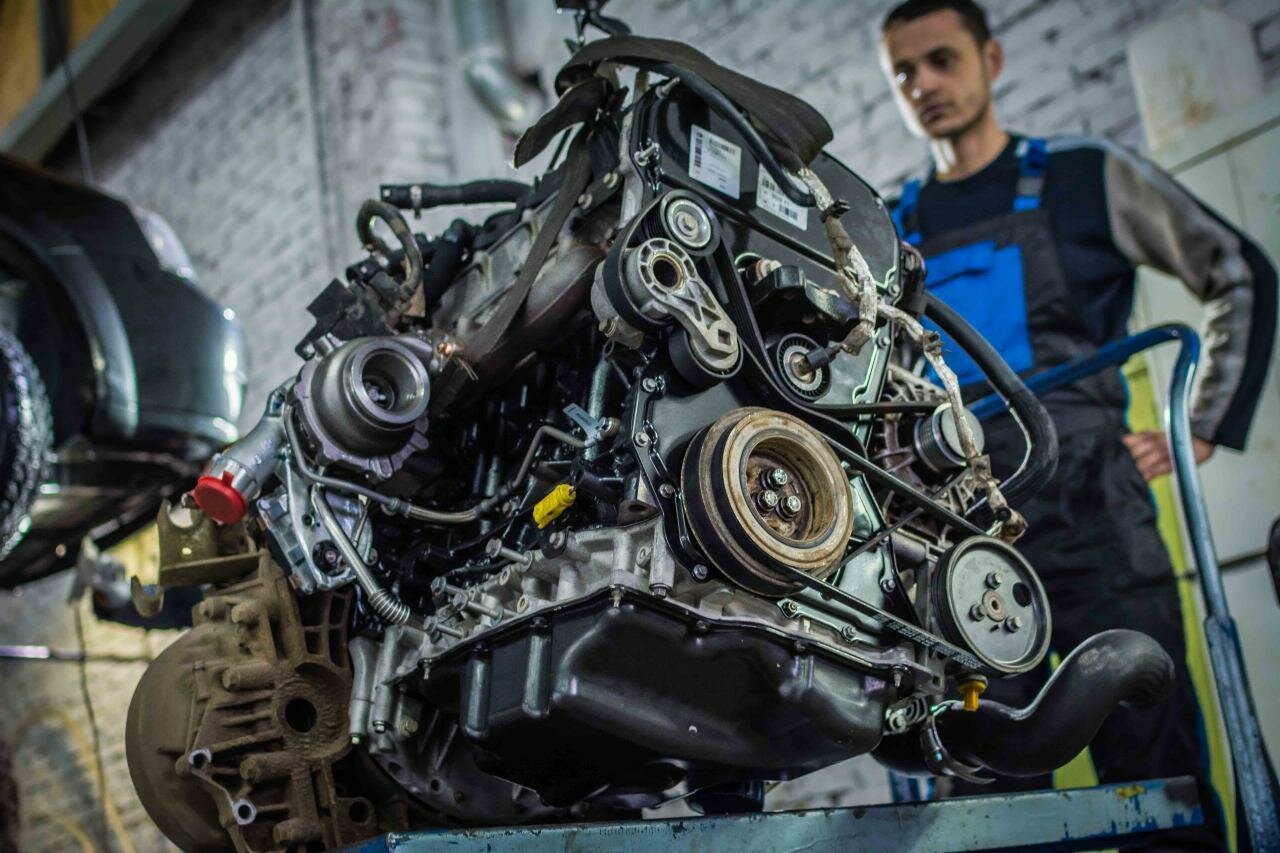Overview of the 2017 Honda CR-V Turbo Engine
The 2017 Honda CR-V marked a significant evolution in Honda’s popular compact SUV lineup. With a complete redesign, the CR-V aimed to blend practicality with modern performance, featuring a more spacious interior, advanced technology, and a new turbocharged engine option. This turbo engine was introduced to enhance fuel efficiency while providing a spirited driving experience, a combination that appealed to many consumers looking for a reliable family vehicle.
Turbocharged Engine: Expectations vs. Reality
The turbocharged 1.5-liter inline-four engine was positioned as a highlight of the 2017 CR-V, promising a balance of power and efficiency. Honda’s engineering team touted the benefits of turbocharging, including improved acceleration and better fuel economy compared to the naturally aspirated engines of previous models. However, as the model gained traction in the market, reports began to surface regarding various engine-related issues that raised concerns among owners and potential buyers alike.
While Honda has a long-standing reputation for reliability, the introduction of new technologies can sometimes lead to unforeseen complications. The 2017 CR-V’s turbo engine, despite its initial appeal, has been the subject of scrutiny due to a range of problems that have emerged over time. This article will delve into the specific issues associated with the turbo engine in the 2017 Honda CR-V, examining the implications for owners and the overall reliability of the vehicle.
2017 Honda CR-V Turbo Engine Issues: A Closer Look
The 2017 Honda CR-V turbo engine has garnered attention for various problems that have surfaced since its release. While many owners appreciate the vehicle’s overall design and features, the turbocharged engine has not been without its flaws. Understanding these issues is crucial for current and prospective owners.
Common Problems Reported
Several recurring issues have been reported by owners of the 2017 Honda CR-V with the turbo engine. These problems can range from minor inconveniences to significant mechanical failures. Here are some of the most frequently mentioned concerns:
- Oil Dilution: One of the most alarming issues is oil dilution, where gasoline mixes with engine oil. This can lead to reduced lubrication and increased wear on engine components.
- Turbo Lag: Some drivers have experienced noticeable turbo lag, where the engine takes longer to respond when accelerating. This can affect the overall driving experience.
- Engine Stalling: There have been reports of the engine stalling unexpectedly, which poses a safety risk, especially in traffic.
- Check Engine Light: Many owners have seen the check engine light illuminate due to various sensor issues related to the turbo system.
- Excessive Oil Consumption: Some users have noted that the engine consumes oil at a higher rate than expected, requiring more frequent oil changes and top-offs.
Impact on Performance and Reliability
The problems associated with the 2017 Honda CR-V turbo engine can significantly impact the vehicle’s performance and reliability. Here’s how these issues manifest:
- Decreased Fuel Efficiency: Oil dilution can lead to poor fuel economy, negating one of the primary benefits of a turbocharged engine.
- Increased Repair Costs: Problems like turbo lag and stalling may require costly repairs, especially if they lead to further engine damage.
- Safety Concerns: Engine stalling can create dangerous situations on the road, making it a critical issue that needs addressing.
- Warranty Claims: Many owners have found themselves filing warranty claims to address these problems, which can be a hassle and time-consuming.
Symptoms and Consequences
Understanding the symptoms of these issues is essential for early detection and resolution. Below is a table summarizing the common symptoms and their potential consequences:
| Symptom | Potential Consequence |
|---|---|
| Oil dilution | Increased engine wear and potential failure |
| Turbo lag | Poor acceleration and driving experience |
| Engine stalling | Safety risk, especially in traffic |
| Check engine light | Indicates underlying issues that need attention |
| Excessive oil consumption | Frequent maintenance and potential engine damage |
Top views |
|
|---|---|
 |
Oil, Timing Chains, Pistons: What Really Kills an Engine Prematurely? |
 |
How to Choose a Car with a Reliable Engine: Used Car Market Hacks That Actually Work |
Conclusion
The 2017 Honda CR-V turbo engine, while innovative and appealing, has its share of problems that cannot be overlooked. Owners should remain vigilant about the symptoms and be proactive in addressing any issues that arise to maintain the vehicle’s performance and reliability.




0 Comments